 2002 Daewoo Kalos Dimensions, Size & Specs
2002 Daewoo Kalos Dimensions, Size & SpecsMeasurements of the 2002 Daewoo Kalos, engineered for optimal performance and comfort
| Dimensions | |
|---|---|
| Length: | 3880 mm152.8 in12.7 ft |
| Width: | 1670 mm65.7 in5.5 ft |
| Height: | 1495 mm58.9 in4.9 ft |
| Trunk Capacity: | 220 liter7.8 cu ft |
| Trunk Capacity (Max): | 980 liter34.6 cu ft |
| Weight Specifications | |
| Curb Weight: | 910-1045 kg2006-2304 lbs |
| Maximal permitted Weight: | 1490-1525 kg3285-3362 lbs |
| Tire Specifications | |
| Tire Sizes: |
|
The Daewoo Kalos, produced between 2002 and 2007, is a compact hatchback that offers a practical and efficient solution for city driving. Measuring 3,880 mm (152.8 inches) in length, 1,670 mm (65.7 inches) in width, and 1,495 mm (58.9 inches) in height, the Kalos fits well within the subcompact segment, making it easy to maneuver and park in urban environments. The vehicle's curb weight ranges from 910 to 1,045 kg (approximately 2,005 to 2,304 lbs), contributing to fuel efficiency and responsive handling. Maximum weight capacity is between 1,490 and 1,525 kg (3,285 to 3,360 lbs), which accounts for passengers and cargo combined. The luggage compartment provides 220 liters of space behind the rear seats, which can be expanded significantly to 980 liters (34.6 cubic feet) with the rear seats folded down, giving it considerable versatility for everyday use. Tire options include 175/70 R13 and 185/60 R14 sizes, balancing ride comfort with stability. Overall, the Daewoo Kalos from this generation is a reliable and compact hatchback offering a smart balance of size, weight, and cargo capacity tailored for practical urban driving.
Discover the standout features that make the 2002 Daewoo Kalos a leader in its class
Have a question? Please check our knowledgebase first.
The Daewoo Kalos hatchback, produced between 2002 and 2007, measures 3880 mm (approximately 152.8 inches) in length and 1670 mm (around 65.7 inches) in width. These dimensions position the Kalos as a compact car suitable for urban driving. The relatively modest length and width provide a balance between maneuverability in city environments and adequate interior space for passengers and luggage.
The Daewoo Kalos hatchback stands at a height of 1495 mm, which translates to about 58.9 inches. Its curb weight varies depending on trim and equipment but falls between 910 kg (approximately 2006 lbs) and 1045 kg (around 2303 lbs). This lightweight design contributes positively to fuel efficiency and handling dynamics, making the Kalos an economical choice in its segment.
The Daewoo Kalos provides a luggage capacity of 220 liters (7.8 cubic feet) with the rear seats in their upright position, suitable for daily shopping or small suitcases. When the rear seats are folded down, the capacity significantly increases to 980 liters (34.6 cubic feet), allowing for the transport of larger items or greater cargo volume, making the Kalos versatile for various storage needs.
The Daewoo Kalos was equipped with two primary tire size options: 175/70 R13 and 185/60 R14. The 175/70 R13 tires feature a narrower width and taller sidewall, common for fuel economy and comfort-focused trims, while the 185/60 R14 tires offer slightly wider contact patches and a lower profile, which can improve handling and aesthetics.
Yes, the Daewoo Kalos comfortably fits into a standard residential garage. With a length of 3880 mm (152.8 inches) and width of 1670 mm (65.7 inches), it is smaller than typical garage dimensions, which usually provide at least 4.8 meters (16 feet) in length and 2.4 meters (8 feet) in width. This means the Kalos allows enough space for easy parking and room for opening doors or storing small items alongside.
The Daewoo Kalos has a maximum weight capacity ranging from 1490 kg to 1525 kg (approximately 3285 to 3362 lbs). This indicates the maximum permissible combined weight of the car including passengers, cargo, and fuel. The curb weight ranges between 910 kg and 1045 kg, so the payload capacity—the total carrying capacity including passengers and luggage—varies roughly between 445 kg and 615 kg, depending on the variant and equipment. This is typical for compact hatchbacks, balancing light weight with functional load capacity.
The Daewoo Kalos introduced in 2002 was effectively a fresh model rather than a direct redesign of a prior Daewoo hatchback, as it was developed to replace aging compact models and offer a more modern alternative in the B-segment (subcompact segment). Compared to older small Daewoo models, the Kalos was generally larger and more refined, adopting more contemporary styling and improved interior space. Overall, the Kalos established a new benchmark in terms of compactness, interior volume, and modern features within the Daewoo lineup.
In the context of early-2000s hatchbacks, the Daewoo Kalos fits comfortably within the subcompact segment, comparable in size to models like the Ford Fiesta, Volkswagen Polo, and Opel Corsa. Its length of 3880 mm (152.8 inches) is very typical of these competitors, providing similar maneuverability and interior space. While slightly narrower than some rivals, the Kalos offers competitive luggage capacity and a lightweight chassis. It was generally regarded as practical and economical but lacked some of the refinement and advanced features found in mainstream European competitors.
The Daewoo Kalos's compact footprint requires a parking space of at least 4.0 meters (13.1 feet) in length and 1.8 meters (5.9 feet) in width for comfortable parking, taking into account room for door opening and passenger ingress/egress. Given its length of 3880 mm (152.8 inches) and width of 1670 mm (65.7 inches), it fits well within standard parking spaces, which usually measure approximately 2.4 meters wide by 4.8 to 6 meters long. This makes parking in crowded urban environments or standard parking lots manageable.
With a curb weight ranging between 910 kg (2006 lbs) and 1045 kg (2303 lbs), the Daewoo Kalos is a relatively lightweight hatchback. Lower weight contributes directly to improved fuel efficiency, as the engine expends less energy moving the car. It also enhances handling dynamics, making the Kalos nimble and responsive in urban settings. However, lighter weight can sometimes mean a less solid feel on the road compared to heavier vehicles, but for its class, the Kalos balances economy and driving enjoyment effectively.
Discover similar sized cars.
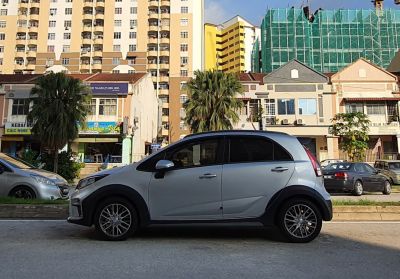
| Production: | 2021-present |
|---|---|
| Model Year: | 2021 |
| Length: | 3945-3965 mm155.3-156.1 in |
| Width: | 1722-1740 mm67.8-68.5 in |
| Height: | 1554-1574 mm61.2-62.0 in |
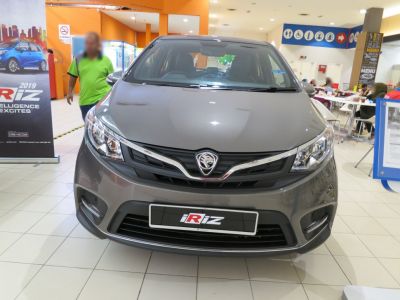
| Production: | 2019-2021 |
|---|---|
| Model Year: | 2019 |
| Length: | 3945 mm155.3 in |
| Width: | 1722 mm67.8 in |
| Height: | 1554 mm61.2 in |
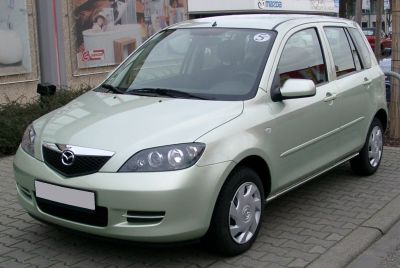
| Production: | 2003-2007 |
|---|---|
| Model Year: | 2003 |
| Length: | 3925 mm154.5 in |
| Width: | 1680 mm66.1 in |
| Height: | 1545 mm60.8 in |
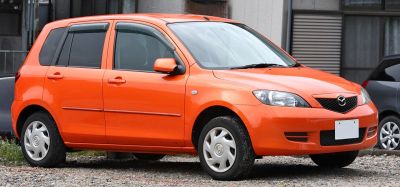
| Production: | 2003-2007 |
|---|---|
| Model Year: | 2003 |
| Length: | 3925 mm154.5 in |
| Width: | 1680 mm66.1 in |
| Height: | 1530 mm60.2 in |

| Production: | 2017-2020 |
|---|---|
| Model Year: | 2017 |
| Length: | 3955-4051 mm155.7-159.5 in |
| Width: | 1980 mm78.0 in |
| Height: | 1525-1544 mm60.0-60.8 in |
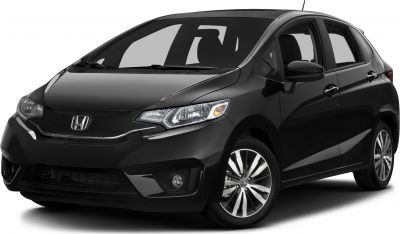
| Production: | 2013-2017 |
|---|---|
| Model Year: | 2015 |
| Length: | 3955 mm155.7 in |
| Width: | 1695 mm66.7 in |
| Height: | 1525-1550 mm60.0-61.0 in |
